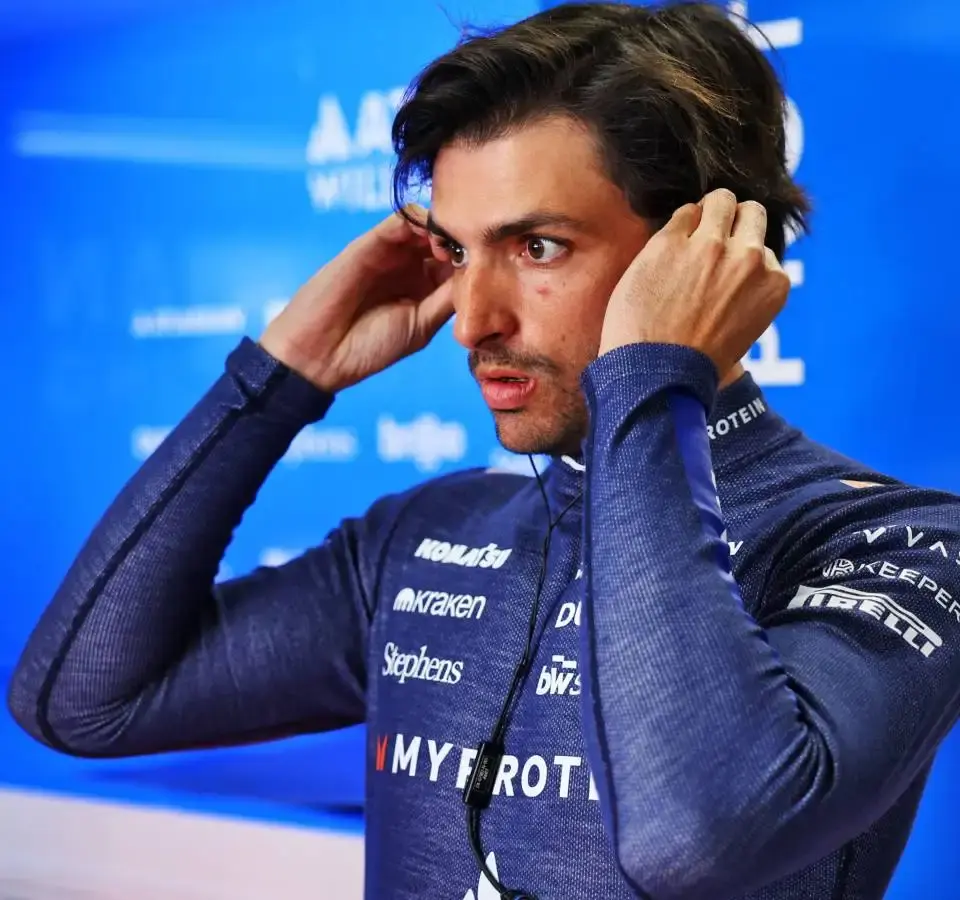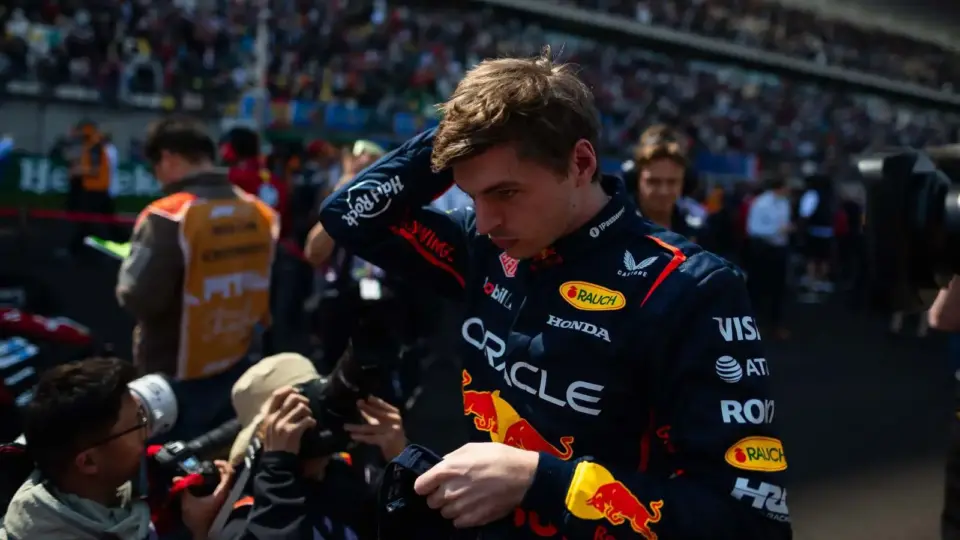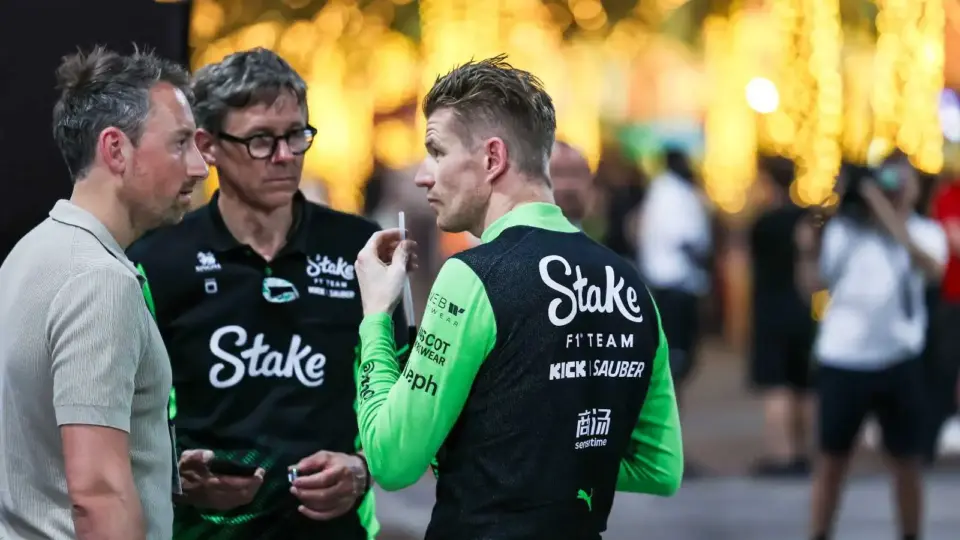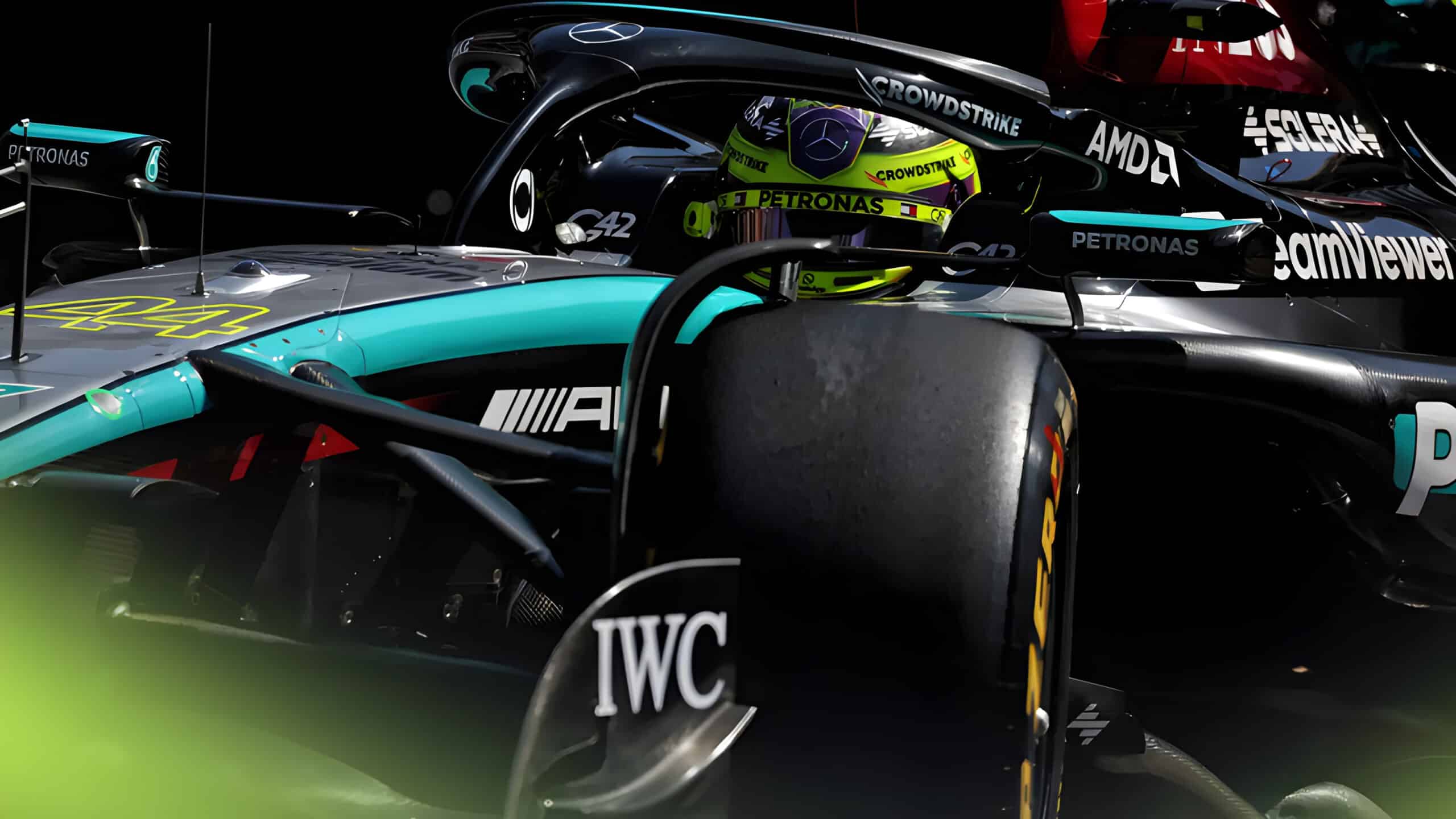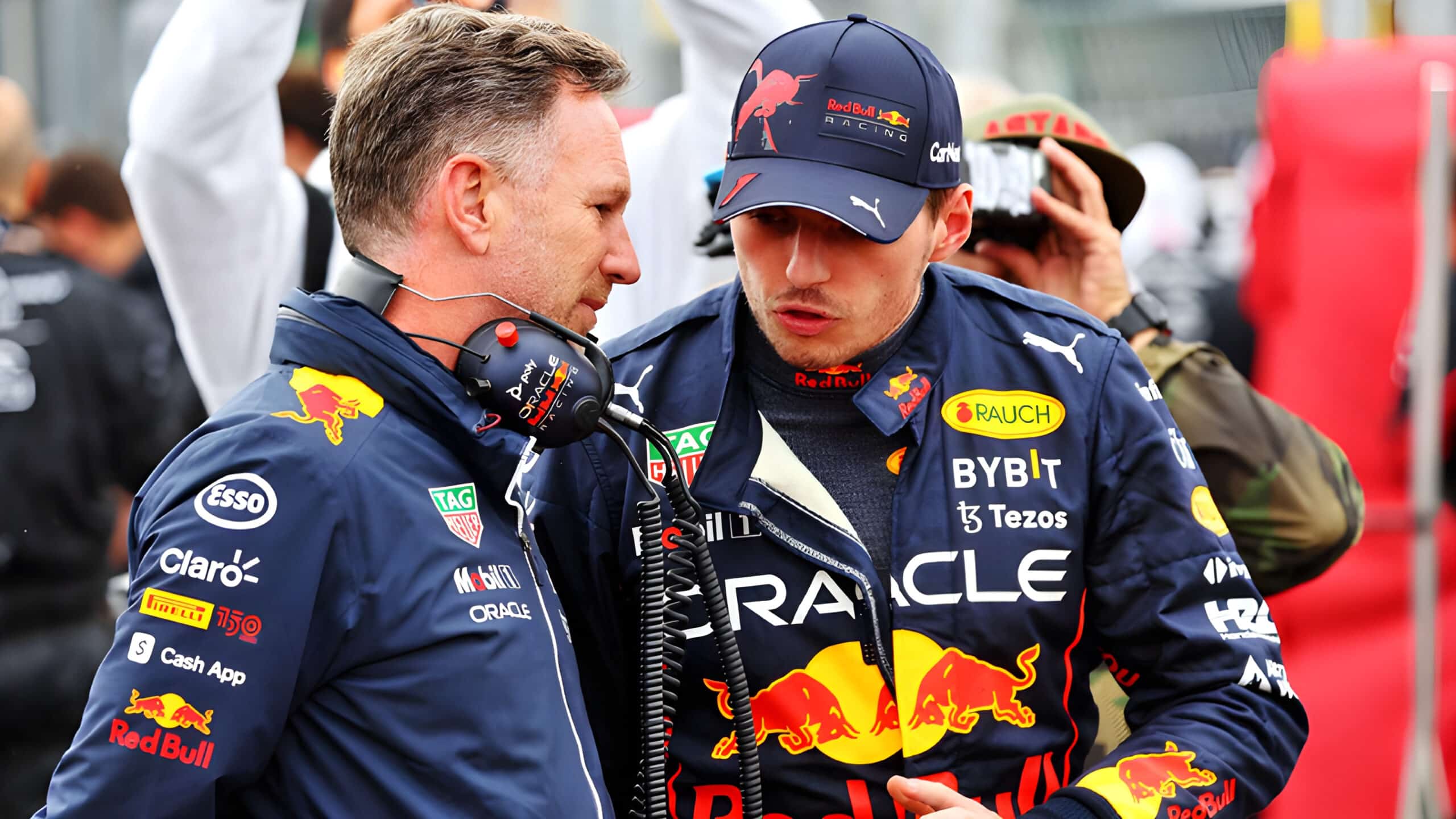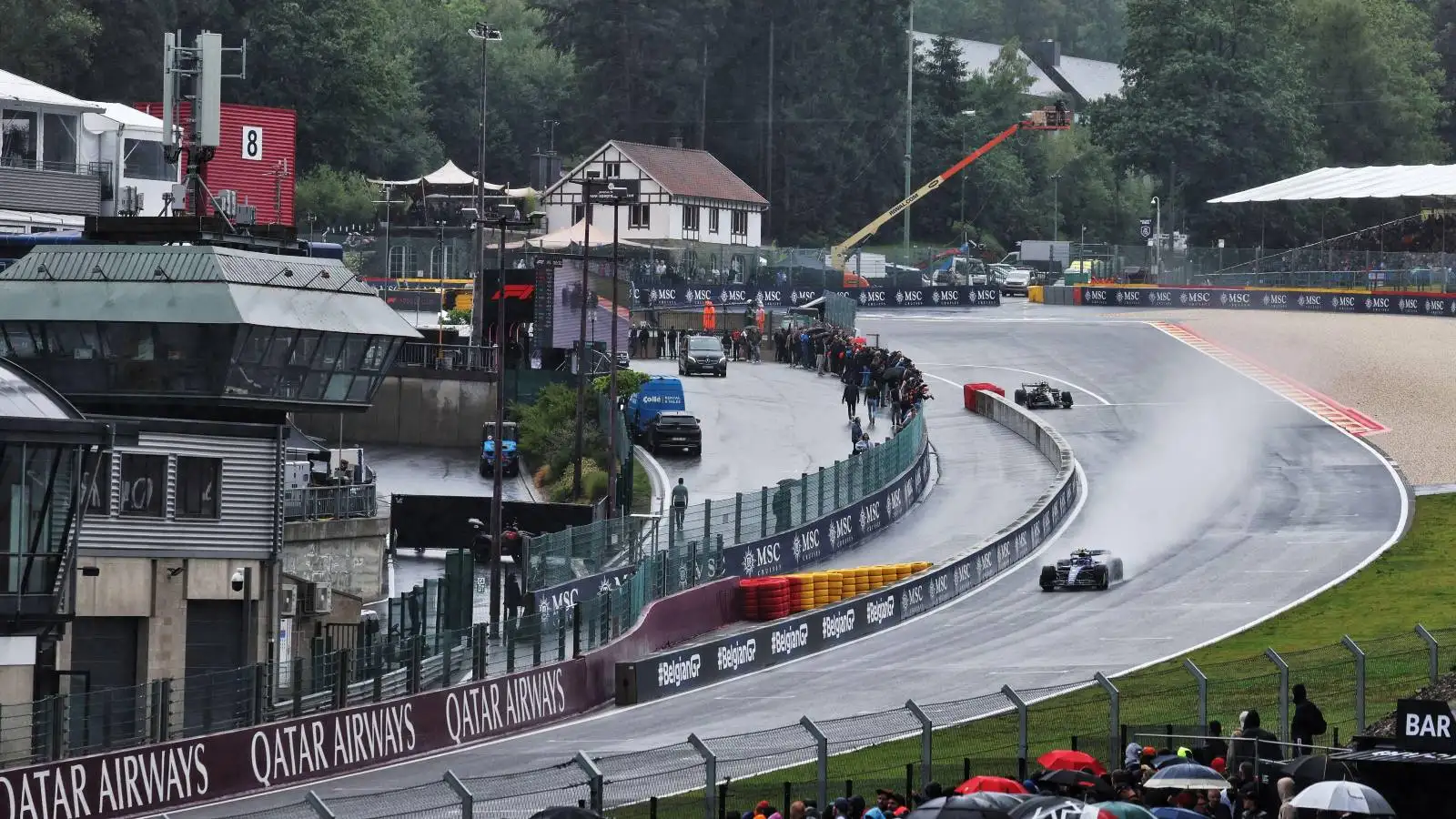Carlos Sainz has revealed a persistent balance issue with Williams’ FW47—a problem that may not be resolved anytime soon.
Carlos Sainz, now with Williams after his stint with Ferrari, is facing challenges with the team’s FW47 car. Despite his hopes for a promising start at the Bahrain Grand Prix, his excitement soon turned to disappointment. Qualifying in a respectable P8, Sainz was aiming to score points when an on-track collision with Yuki Tsunoda from Red Bull dashed his hopes. The incident, occurring at the opening turn, left a significant hole in the sidepod of his car, forcing an early retirement from the race.
Reflecting on his performance during pre-season testing and the Bahrain Grand Prix, Sainz admitted feeling close to maximizing the car’s potential, particularly in single-lap scenarios. However, he acknowledged a need to refine various aspects of his approach and car setup. Sainz openly discussed the ongoing struggle with the FW47’s balance. As the team focuses on adjusting to new F1 regulations for 2026, there is little opportunity for significant development this year, making it crucial to find creative solutions within current constraints.
Sainz also touched on his race strategy challenges. He confessed that his previous racing instincts might not be ideal with his current team. Losing his seat at Ferrari to Lewis Hamilton, Sainz finds himself adjusting from a winning car to a Williams vehicle that, under the best circumstances, is fighting for points. He admitted that during the Bahrain Grand Prix, he perhaps engaged in battles on the track that weren’t necessary, which could have been avoided had he focused solely on securing available points. Sainz realized this mistake, noting that the ease of passing on the Bahrain track should have influenced his tactics. As he adapts to the midfield competition, he recognizes the need to shift his focus toward consistent point accumulation.
Despite the setbacks, Sainz urged Williams to address the balance issue, emphasizing its potential impact on the team’s future. He believes resolving this could unlock significant improvements for the car and team. Sainz praised the car’s advancements from the previous year, noting its current competitiveness and solid design. He stressed the importance of identifying and overcoming the deep-seated challenges within the car’s design, viewing his contributions and feedback as vital for future improvements.
Looking ahead, Sainz remains optimistic yet realistic about the challenges. He recognizes that overcoming the underlying issues with the Williams FW47 will require time and perseverance. This belief drives his motivation, as he is committed to aiding the team in identifying and addressing these problems. With a collaborative effort, he believes significant progress is achievable, benefiting both the team and himself in the long run.
As Carlos Sainz navigates his early days with Williams, his focus remains on addressing critical design challenges while recalibrating his racing strategy.
